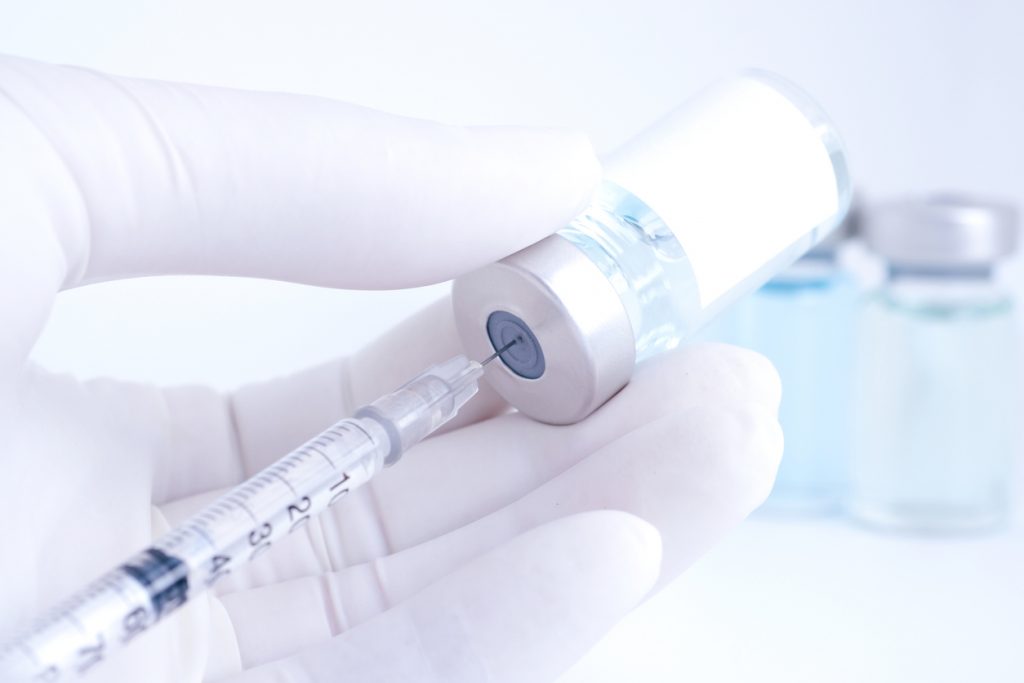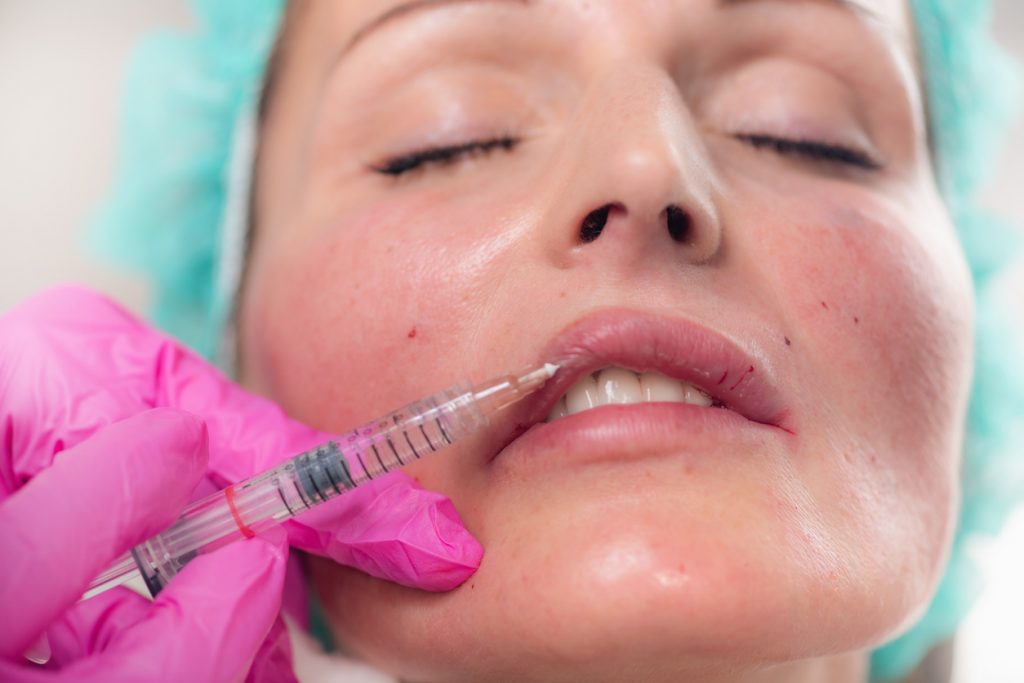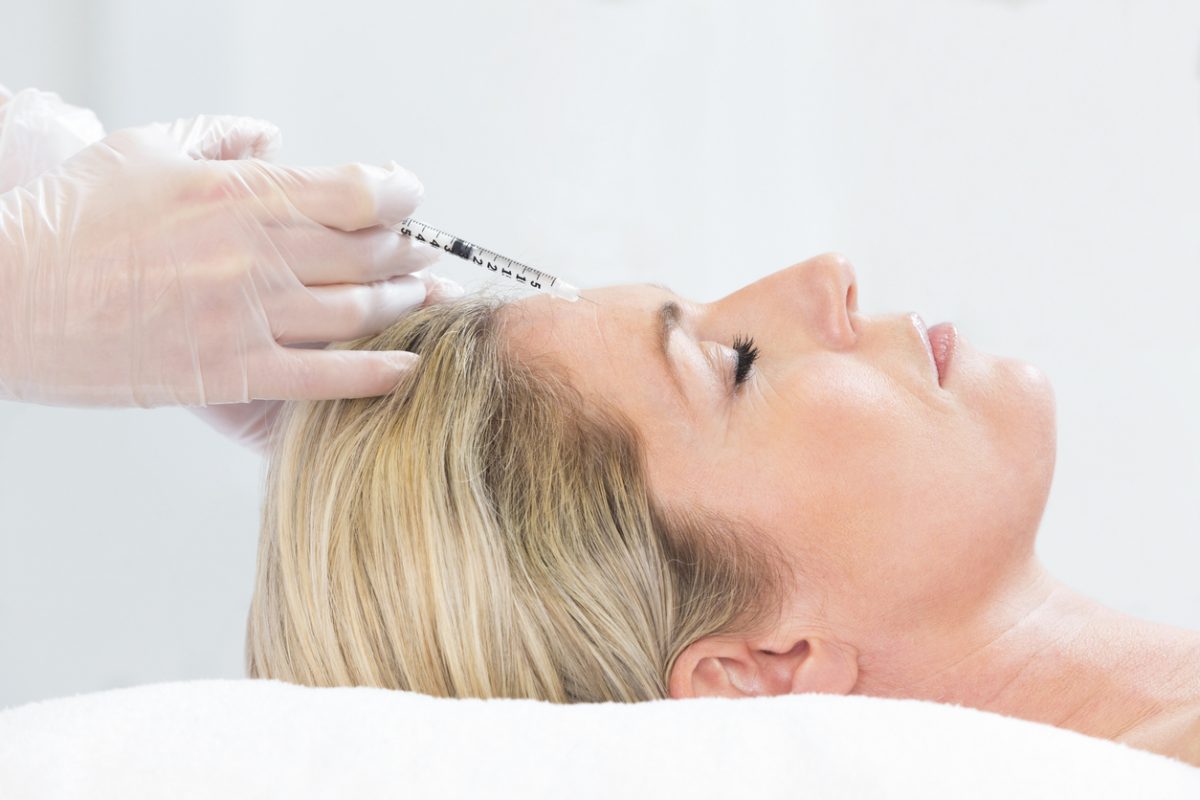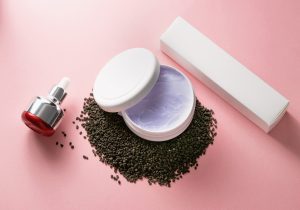The incomparable Mae West said it best: ‘If a little is great, and a lot is better, then way too much is just about right!’ I am guilty of this philosophy in many ways in my personal life as I do believe if it’s worth doing then it’s worth doing well. I have often declared that if some is good then more is better… think about a glass of great champagne, time in the company of loved ones or the perfect pair of shoes (why not the same style in different colors?) I have a completely different philosophy in my professional life as a Plastic Surgeon: less is more… And the very best example of this is in the world of fillers.
What Are Fillers and Why is Less Better?
‘Fillers’ is a generalized, generic term for injections designed to rejuvenate any area of the body, but most commonly the face. It is my opinion, and that of many clients I meet, that the overuse of fillers has frightened many people. They are interested in addressing a specific concern with their appearance but terrified about the prospect of potentially looking overdone. References are often made to celebrities that once looked so beautiful but, in an effort to outrun Father Time, have resorted to injections to look more youthful, but perhaps did not make the most educated decision. They subsequently look altered, not like themselves or at the worst, unattractive and unnatural.
What Type of Filler Products Are There?

The range of products that have been used through the years to restore a youthful appearance has included collagen, silicone, collagen stimulators, hyaluronic acid and fat among others. The decision to use one product over another is both practitioner dependent and relevant to the interests of the patients. For the purpose of this discussion, I wish to focus on the products I use in my practice and what is possible when the philosophy is indeed ‘less is more.’
“I tell all of my patients, especially those who have not had prior injections and learned what is possible with a modest correction, ‘you can always add more but you cannot necessarily remove what is there.’
Can Fillers Address Your Concerns?
The first step when someone is considering fillers is what is the specific concern: has volume been lost through weight loss or generalized aging? Is the area of concern simply soft tissue (fat) or deeper, structural concerns (bone) that might be amenable to an implant more than just injections? Is the concern the texture of the skin overlying preserved volume and if so is the answer skincare and resurfacing more than volume? All of these questions can easily be addressed with a simple consultation and a conversation about the patient’s specific concerns.
My preference in general for fillers is hyaluronic acid, a synthetic version of a natural substance we all have in our bodies. There are many manufacturers of this type of filler (Restylane® and Juvederm® are the names most people recognize) and each line has a variety of products available for specific concerns. These injections are helpful for restoring volume in smaller areas of the face, most commonly the lower lids and lips.
What to Expect with Fillers in the Lower Lid
A tear trough deformity is an area in the lower lid that many believe contribute to a ‘tired’ appearance. The injections are done in the office. The product has local anesthesia in it so as the injections proceed, they get increasingly more comfortable. Injections are done with cannulas which are blunt-tipped devices to minimize needle sticks and subsequent bruising and swelling. Fillers in this area last around a year and a half. An indication for additional filler is that the patient desires more correction or it has naturally dissolved over time. My approach is to start conservatively and allow the patient to assess results for themselves. Either less is more, and we’re done, or a little bit more is indicated for the perfect correction.
>READ: 5 PROCEDURES FOR YOUNGER LOOKING EYES
What to Expect with Fillers for Lips

Lips are another of the most popular sites for fillers. Because this is a dynamic area with talking, eating, kissing… the mouth moves all day every day. Unlike other areas of the face that remain still so the product lasts longer, fillers last approximately one year. The biggest risk of fillers in this area is a 4% risk of fever blister outbreak. If someone has a history of fever blisters patients are given an antiviral medication two days before injection and continue for two days after the injection as a precaution.
>READ: YOU CAN HAVE FULL, KISSABLE LIPS AT ANY AGE
Solutions for More Than a Single Area
Some patients are seeking more than just correction in a single area like the lips or the lower eyelids. Volume looks youthful and often, as we age, we lose volume in our faces despite, for many of us, gaining it in other areas. Options to address this situation and restore more generalized facial volume include Sculptra® and fat grafting.
Sculptra® is a filler that works differently from the single syringes injected to correct smaller, individual areas of concern. It is injected as a solution that contains a substance that stimulates the patient’s own natural collagen over time. The injections are done in the office as a series. They’re performed a month at a time, for generally two or three rounds. The results take months to appreciate because it takes time for the collagen to grow.

Fat grafting is another technique used to restore facial volume when there are multiple areas of interest to correct. Small amounts of fat from the patient’s body can be harvested with liposuction. The fat is then injected to the face to restore volume that appears very natural and lasts for years. This is often done as a surgical procedure in the operating room and not an office procedure.
>READ: THE SKINNY ON FAT GRAFTING
The options for fillers are truly endless. The final decision of what to utilize is dependent on the patient’s specific concerns. My advice to new clients interested in injections but are perhaps afraid of the process or the final results? Explore options and learn for yourself what can be done. Knowledge is power, volume is youthful and fillers are fabulous.
>READ: THE LIQUID FACELIFT: ARE FILLERS OR STIMULATORS RIGHT FOR YOU?







